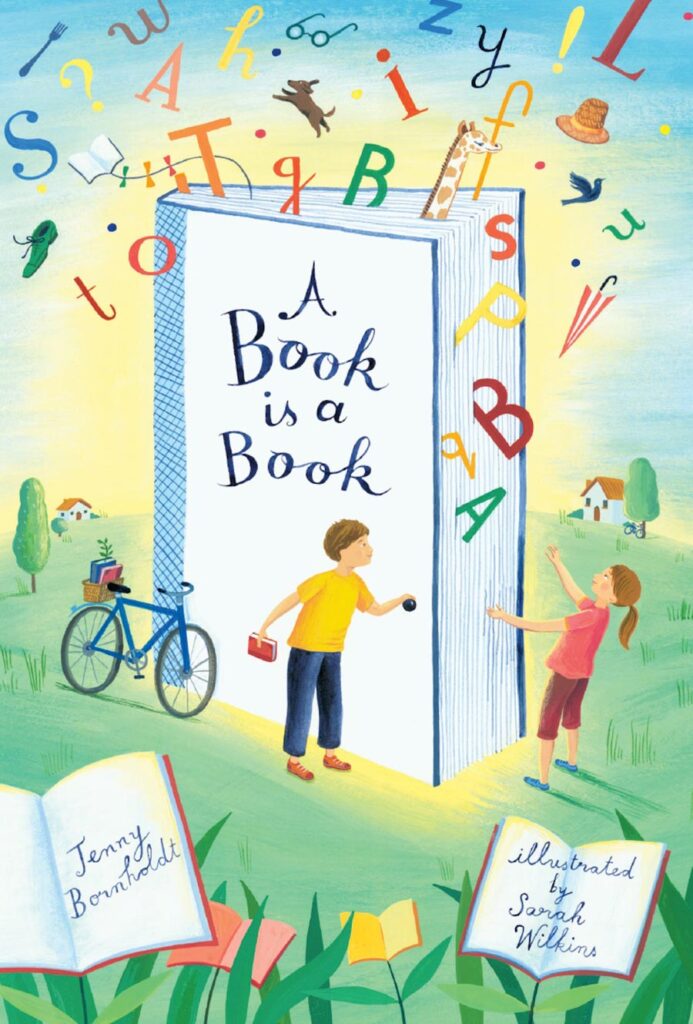Wilf Reeves (text) and Olga Miller (illustrator), The Legends of Moonie Jarl, Wiley, October 2021, 48 pp., RRP $24.95 (hbk), ISBN 9780730395546
This fascinating book is a reprint of an important and classic work first published in 1964. Wilf Reeves and Olga Miller, members of the Butchulla people of Fraser Island (now K’Gai in the Butchulla language), and brother and sister, have recorded here the stories told to them by their grandparents, with Olga’s original ink drawings based upon local crafts and symbols on the island.
The illustrations instruct children and remind adults of the lessons and wisdom these stories are meant to embed in the community. The stories are sometimes creation myths, or they are instructions on the right ways to act (for example, never walk between a man and his fire; if a fire spits at you, spit back at it and indicate with your head where the visiting spirit might seat itself; do not spy on men fishing if you are a woman), sometimes they are stories of mischievous behaviour among children, among the spirit beings of the First Time or among the animals of the bush.
Sometimes they are stories of grace and benevolence. Once, for instance, after a long and violent storm all the fires went out on the island, and the people there who did not yet know how to make fire themselves were miserable. Eventually a small bird wiser than the others flew all the way to the rising sun and returned with a red-hot coal on its back. This reclusive ‘fire bird’, about the size of a sparrow, still has that red mark on its back, and if you harm it, you will never grow up.
Like the Greek myths, these stories can show a lot about human nature and human character. They are fun to follow, and it’s not always simple to know what lesson one might take from a story. Each illustration is followed by an explanatory key detailing the meaning of its elements. I come from such a book understanding that for the original people of Fraser island all the world was a classroom, all the world was a book, and all we need to know about living in a community and in a natural environment is there in the world around us if we can see it in a certain light, live for generations with it intimately, and bring along an animating imagination.
Wiley, in association with the Indigenous Literacy Foundation have served the history of the Butchulla people with respect by re-issuing this book. It is its own guide to the Island for visitors, an insight into an indigenous community, and it is part of an unimaginably rich but mostly marginalised history of Australia.
Recommended for young and young-at-heart historians and anthropologists from eight to eighty.
Reviewed by Kevin Brophy






